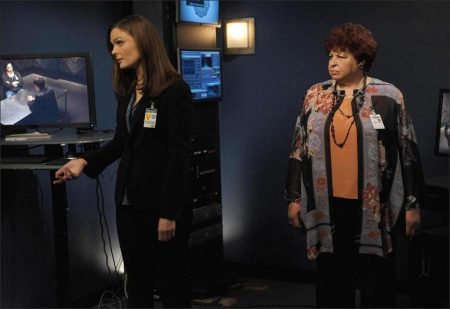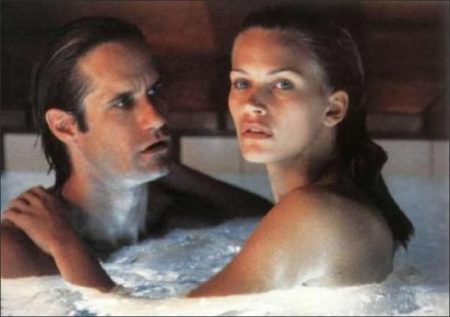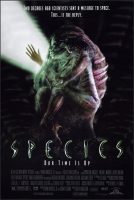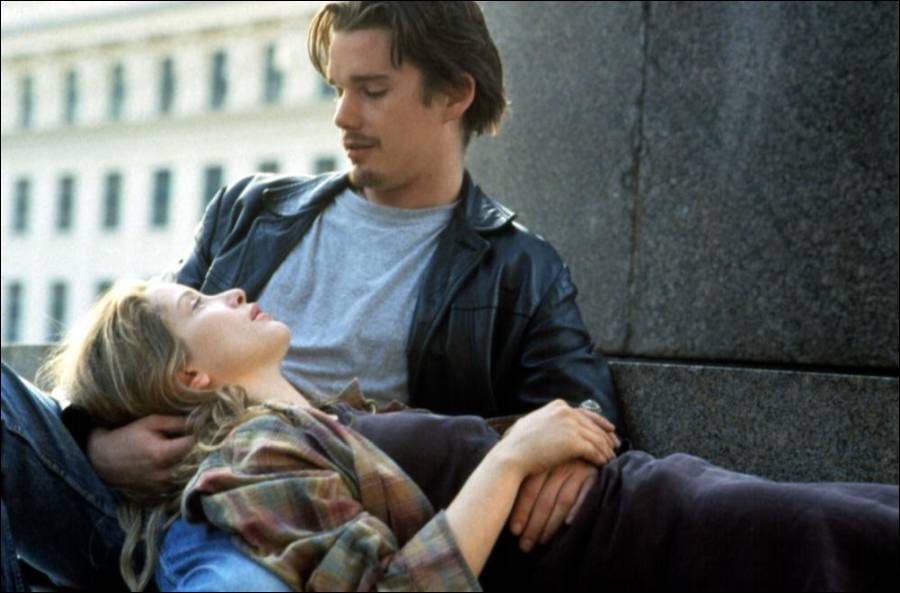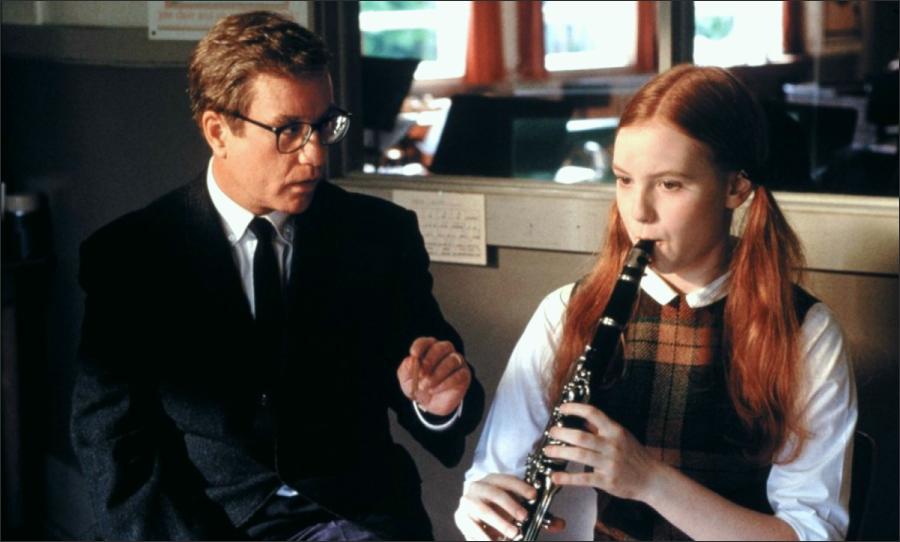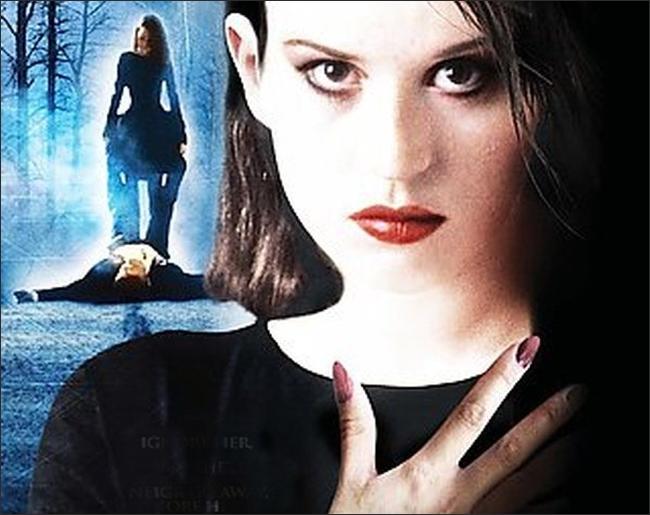Taglines: If you build it, they will come.
Species movie storyline. In 1993, the Search for Extra Terrestrial Intelligence Project receives a transmission detailing an alien DNA structure, along with instructions on how to splice it with human DNA. The result is Sil, a sensual but deadly creature who can change from a beautiful woman to an armour-plated killing machine in the blink of an eye. Government agent Xavier Fitch assembles a team of scientists and mercenaries to locate and destroy Sil before she manages to find a mate and breed.
Species is a 1995 American science fiction horror film directed by Roger Donaldson and written by Dennis Feldman. It stars Natasha Henstridge (in her debut film role), Ben Kingsley, Michael Madsen, Alfred Molina, Forest Whitaker and Marg Helgenberger. In the film, a motley crew of scientists and government agents tries to track down a seductive alien played by Henstridge before she successfully mates with a human male. Due to her ruthlessness, the alien character was cited as an example of negative treatment of female sexuality and aliens by Hollywood. The design of Sil was also linked to a chupacabra sighting.
The film was conceived by Feldman in 1987, and was originally pitched as a film treatment in the style of a police procedural, entitled The Message. When The Message failed to attract the studios, Feldman re-wrote it as a spec script, which ultimately led to the making of the film. The extraterrestrial in Species, an alien woman named Sil, was designed by H. R. Giger, also responsible for the beings from the Alien franchise. The effects combined practical models done by Giger collaborator Steve Johnson and XFX, with computer-generated imagery done by Richard Edlund’s Boss Film Studios. Giger felt the film and the character were too similar to Alien, so he pushed for script changes.
About the Production
Filming happened mostly in Los Angeles, including location shooting at Sunset Strip, Silver Lake, Pacific Palisades, the Hollywood Hills and the Biltmore Hotel. Id Club, the nightclub featured in the film, was built within Hollywood’s Pantages Theater, while the hills above Dodger Stadium near Elysian Park were used for the car chase and crash where Sil fakes her death.
For the opening scenes in Utah, the Tooele Army Depot dubbed as the outside of the research facility—the interiors were shot at the Rockwell International Corporation laboratory in California—and a Victorian-era train station in Brigham City was part of Sil’s escape. Other locations included the Santa Monica Pier and the Arecibo telescope in Puerto Rico. The most complex sets involved the sewer complex and a tar-filled granite cavern where the ending occurs.
Donaldson wanted a maze quality for the sewers, which had traces of realism (such as tree roots breaking through from the ceiling) and artistic licenses. Production designer John Muto intentionally designed the sewers wider and taller than real ones, as well as with walkways, but nevertheless aiming for a claustrophobic and realistic atmosphere. The underground tunnels were built out of structural steel, metal rod, plaster and concrete to endure the fire effects, and had its design based on the La Brea Tar Pits, with Muto describing them as “just the sort of place in which a creature from another planet might feel at home.
Sil was designed by Swiss artist H. R. Giger, who also created the creatures in the Alien films. Donaldson thought Giger was the best man for the film after reading his compendium Necronomicon, and eventually he and Mancuso flew to Switzerland to meet the artist. What attracted Giger was the opportunity to design “a monster in another way—an aesthetic warrior, also sensual and deadly, like the women look in [his] paintings.”
While Giger opted to stay in Switzerland to take care of his dying mother instead of flying to Los Angeles to accompany production, he built some puppets in his own studio, and later faxed sketches and airbrush paintings as production went through. The practical models were made by Steve Johnson and his company XFX, which had already worked with Giger’s designs in Poltergeist II.
Giger had envisioned more stages of Sil’s transformation, but the film only employed the last one, where she is “transparent outside and black inside—like a glass body but with carbon inside,” with XFX doing the translucent skin based on what they had done for the aliens of The Abyss. Sil’s alien form had both full-body animatronics with replaceable arms, heads and torsos, and a body suit.
Richard Edlund’s Boss Film Studios was hired for over 50 shots of computer-generated imagery, which included one of the earliest forms of motion capture effects. Using a two-foot-high (60 cm) electric puppet that had sensors translating its movements to a digital Sil, Boss Films managed to achieve in one day what would have once taken as much as three weeks with practical effects.
Giger was unhappy with some elements he found to bear similarity with other movies, particularly the Alien franchise. At one point he sent a fax to Mancuso finding five similarities: a “chestburster” (as Sil giving birth echoed the infant Alien breaking out of its host’s chest), the creature having a punching tongue (Giger at first wanted Sil’s tongue to be composed of barbed hooks), a cocoon, the use of flame throwers, and having Giger as the creature designer.
A great point of contention was the ending, which Giger considered derivative from the climaxes from both Alien 3 and Terminator 2: Judgment Day. The designer felt that horror films frequently held some final confrontation with fire, which he considered old-fashioned and linked to medieval witch trials. He sent some ideas for the climax to the producers, with them accepting to have Sil’s ultimate death occurring by headshot.
Species (1995)
Directed by: Roger Donaldson
Starring: Ben Kingsley, Michael Madsen, Alfred Molina, Forest Whitaker, Marg Helgenberger, Natasha Henstridge, Michelle Williams, Jordan Lund, Virginia Morris
Screenplay by: Dennis Feldman
Production Design by: Eloy Lobato, John Muto
Cinematography by: Andrzej Bartkowiak
Film Editing by: Conrad Buff
Costume Design by: Joe I. Tompkins
Set Decoration by: Jackie Carr
Art Direction by: Dan Webster
Music by: Christopher Young
MPAA Rating: R for sci-fi violence, strong sexuality and some language.
Distributed by: Metro-Goldwyn-Mayer
Release Date: July 7, 1995
Views: 307
